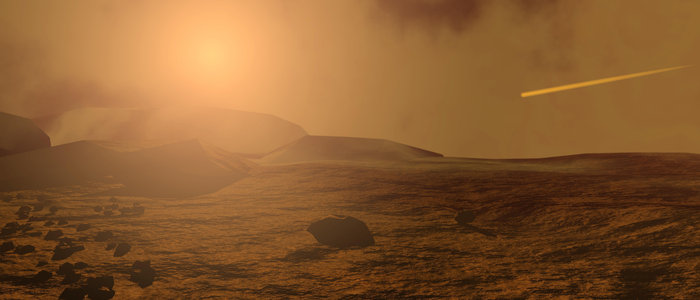July 15, 2014

Seven students of IIT-Bombay, from different academic streams, have turned into astronauts momentarily, wearing space suits and living and working in a simulated Martian environment in a remote desert in Australia.
These students belong to the Mars Society of India, launched at the Nehru Centre in 2012. This is an initiative by IIT-Bombay and the official Indian chapter of the US-based Mars Society.
The Martian experience which began on July 7 will end on July 20. It is a collaborative exercise by IIT-Bombay, Mars Society of Australia and Saber Astronautics which is an Australian organization dealing in space technology. The Australian government funds Saber Astronautics to operate the joint Australia-India space exploration programme.
The team is at an isolated location called Arkaroola in Australia’s northern Flinders region. The place was chosen because it effectively simulates a Martian environment. The study also includes geology and astrobiology in a Martian analogue environment.
Dhruv Joshi, a former IIT-Bombay student and the Society’s main founder explained that the purpose of the simulation is to validate the performance of the rover made by the team. Joshi said, “We are constantly interacting with the scientists and evaluating the Martian rover designed and made by the team.”
He also added that the team is staying on-site which is a desert giving it a real feel of Mars. Joshi said, “Everything seems to be going well. The team is giving us regular updates.†Talking about the team’s compatibility to ensure success of the mission, he said seven of them have worked together in the past and get along well. The exercise involved monitoring of an astronaut’s heartbeat, communication coordination and position logging using GPS with the other astronauts.
The team’s Day One diary speaks of “extraordinary geological areas in Australia spanning nearly 1.8 billion years of history”.
A different entry says that one of the places reminded them of the landing site of Nasa’s Curiosity rover at Gale Crater on Mars.